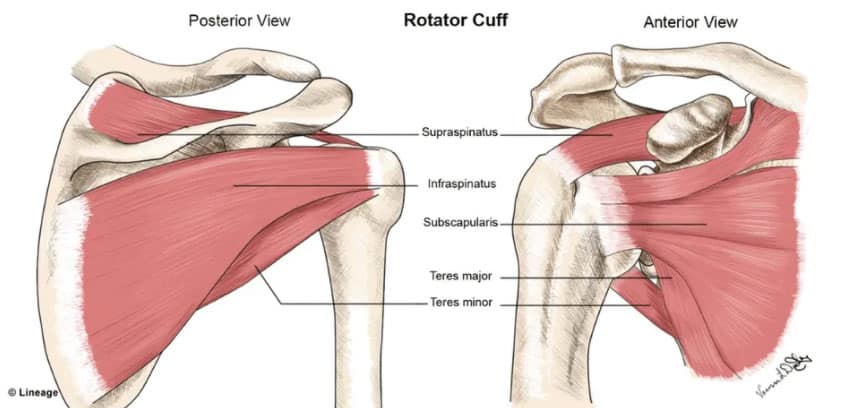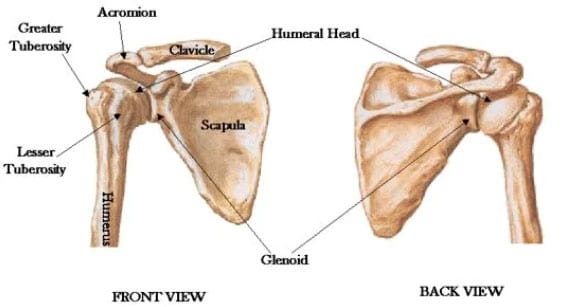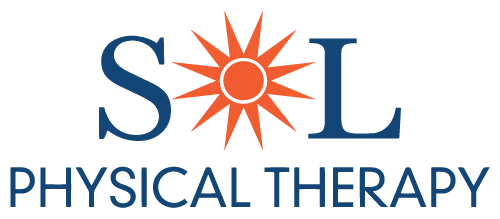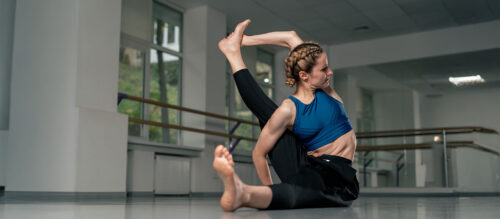What Is It and What Can You Do To Protect It?
SHOULDER PAIN
Shoulder pain is a common occurrence. Whether the pain is an acute onset from a sports injury or a long-standing ache that’s been with you for months, the culprit could be the rotator cuff. You may experience a dull achy pain throughout the day that may get worse at night. The pain may get bad enough that it wakes you or keeps you up at night. You may feel pain during some movements like reaching overhead, putting on a jacket, reaching into the back seat of your car or lifting a bag of groceries.
WE’VE ALL HEARD OF IT, BUT WHAT EXACTLY IS IT?
To fully understand the role of the rotator cuff it is important that we take a look at the boney structure of the shoulder. The shoulder is a ball and socket type of joint. It is comprised of three bones, the scapula (sometimes referred to as your shoulder blade), the humerus (the long arm bone) and the clavicle (the collar bone). The glenoid fossa is part of the scapula and makes up the “socket” or surface that the head of the humerus (ball) articulates with. Since the anatomy of the shoulder allows for so much movement, it is important that we have stability that keeps the ball in the socket of the joint. That is where the rotator cuff come into play.

The rotator cuff is a group of 4 muscles that all start on the scapula and insert on the humerus. These four muscles (supraspinatus, subscapularis, infraspinatus, and teres minor) are the stabilization muscles of the shoulder that help keep your humerous where it needs to be during movements of your arm. Generally, when everything in your shoulder is working correctly you will be able to move your arm above your head, behind your back and in front of your with no difficulty or pain. When your rotator cuff is weak, your shoulder is tight or you experience an injury such as a fall, you may get that nagging pain.
SO IT MAY BE THE ROTATOR CUFF… NOW WHAT?
A physical or occupational therapist can help you in your recovery process. They will take a full health history, preform range of motion testing, palpate the shoulder to determine areas of tenderness, preform provocative testing to rule in or out any differential diagnosis and test your strength. If a rotator cuff injury is what they find during testing, therapy will focus on decreasing pain, increasing strength of the rotator cuff muscles and regaining any range of motion that may have been lost. Sometimes other modalities are used such as heat packs, ice packs, electric stimulation, and ultrasound to help decrease pain and inflammation. Your therapist can also help guide you in activity modification, home exercise programs and answers any questions you have during the recovery process!

Sometime rotator cuff injuries don’t get better with conservative therapy. Other treatment options may include a cortisone injection or surgery. Your therapist will be able to discuss what therapy after each of these treatment options could look like so that you can be prepared going into your MDs office.





